Acer Chromebox CXI4 review: small and mighty mini PC... with Chrome OS?
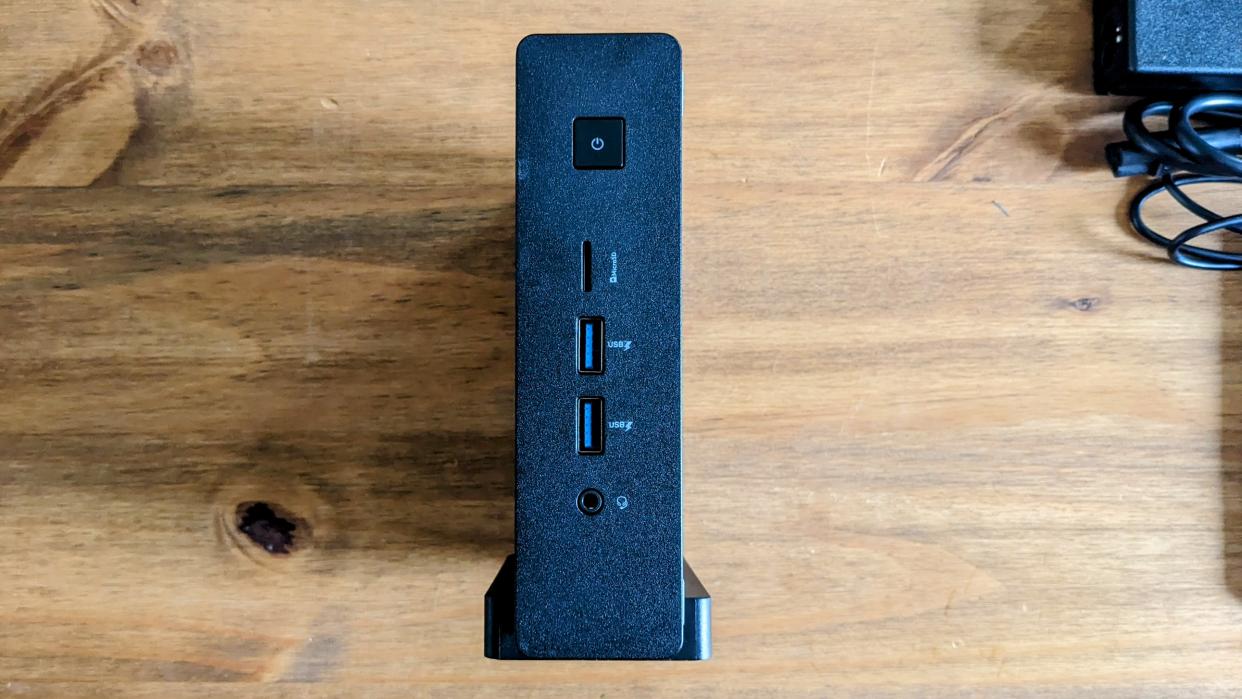
The Acer Chromebox CXI4 is a mini PC running Google’s Linux-based Chrome OS. It’s one of the most recent offerings in Google’s Chromebox range, and offers a lot of flexibility — but within specific limitations. It’s tiny, at 40mm by 148.5mm by 150mm, and can be easily mounted onto the back of a monitor to make a Chromebook AIO.
It’s also available in a Chrome Enterprise edition, which exposes its true design; the Chromebox CXI4 is specifically recommended for educational use, signage and digital kiosks. That isn’t a fault, per se, but it does explain a lot about the design.
Much like other Chrome-based PCs (and if you’re looking for a guide to the best Chromebooks, look no further!) the Acer Chromebox CXI4’s strengths and weaknesses both lie in its operating system; Chrome OS is suitable for a very specific set of circumstances but isn’t an ideal OS for everyone. Users who are attached to their Windows apps will probably want to seek out a Windows laptop instead (why not check out our guide to the best Windows laptops if you’re one of them?) but anyone after a cloud-based PC is going to find the Acer Chromebox CXI4 ideal. For more on the Chromebook vs Laptop debate, check out this in-depth comparison of the two.
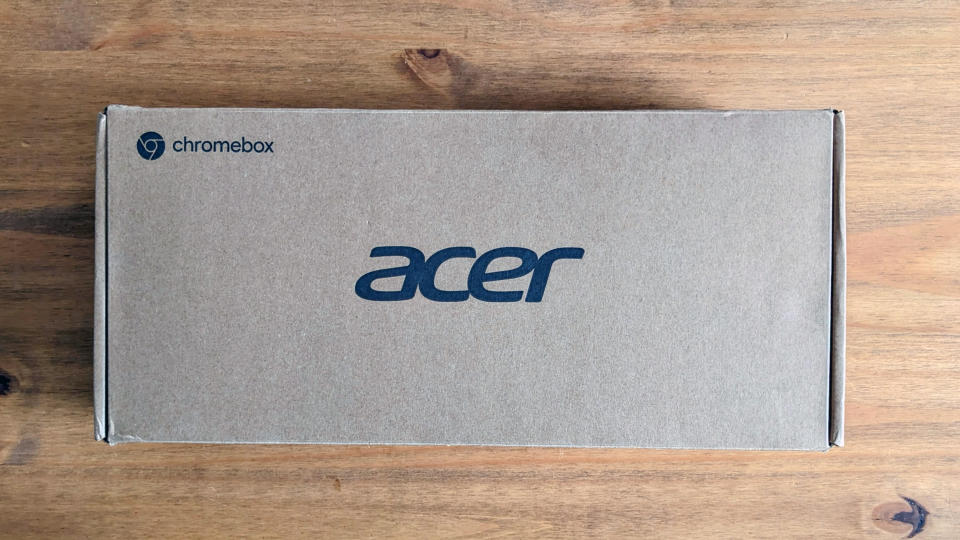
Acer Chromebox CXI4 review: Key specs
Design and build
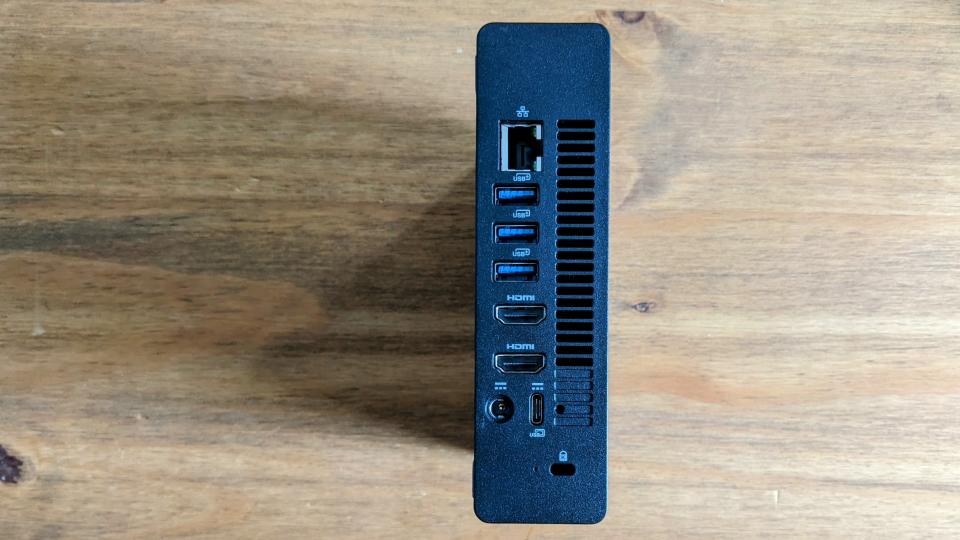
The first thing you notice about the Acer Chromebox CXI4 is, obviously, its size. It’s tiny and it’s lightweight. The casing has a pleasing and sturdy metallic sheen to it but it’s fairly minimalistic, which considering it was designed to be hidden behind screens and inside kiosks is understandable. It also runs very quietly; it has both a solid heatsink and an internal cooling fan, and during use, I barely heard anything.
It has plenty of ports; many more than your average laptop, even with the fact that it comes with a USB-wired mouse and keyboard. It features five USB-A ports and a USB-C port which is capable of supporting a 4K display. Using the USB-C port alongside the two HDMI ports allows the Acer Chromebox CXI4 to support a three-screen setup. It has both an Ethernet port and inbuilt Wifi, making it quick and easy to set up, and also features a MicroSD card reader.
The only thing about the Acer Chromebox CXI4 that isn’t sleek and optimised is the bulky power cable, which is especially chunky-looking compared to the Acer Chromebox CXI4 itself. Keeping the AC adapter external to the Acer Chromebox CXI4, however, was likely a key element of keeping the Chromebox so tiny.
Performance
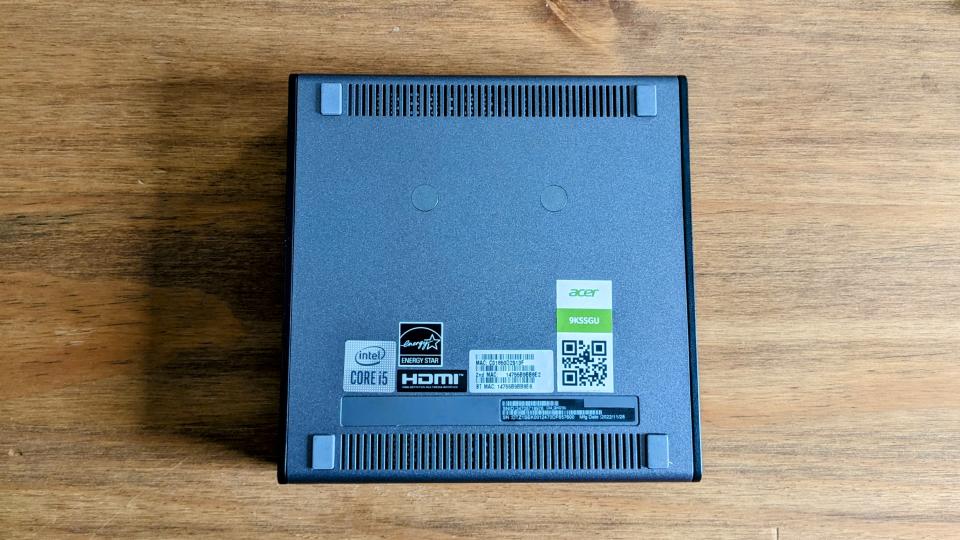
The Acer Chromebox CXI4, like all Chrome OS computers, is incredibly easy to use, so long as you have a Google account; all you need to do is log in and you immediately have access to your account and your files, as well as access to the apps you have previously used. It’s fast; it can run multiple apps without any issues and have multiple pages open on Chrome without slowing down.
One issue with some Chrome apps, although they are very easy to use, is resizing. Many of the apps available on the Google Play store are locked to phone size and tablet size and can throw up errors when stretched to a desktop scale. This is something worth bearing in mind if you’re designing an app specifically to run on your Acer Chromebox CXI4.
It’s quick and easy to download files to work offline, which helps to give the Acer Chromebox CXI4 a little extra portability; given that technically all it requires is an HDMI-compatible screen, it’s easy to use in any office environment, or indeed anywhere with a TV and an HDMI cable.
A less powerful version of the Acer Chromebox CXI4 is also available at about half the price; with 4GB RAM, a Dual-Core Celeron Processor and a minimal 32GB memory, this is a far lower-spec version, but for tasks such as cloud word processing is probably sufficient for many users' needs.
If you’re looking for something to run a kiosk or basic word processing from, especially if you’re building a setup for users who are less computer-canny, the restrictions of the Acer Chromebox CXI4 become an advantage; the inbuilt security and restrictions on installation make it harder to mess up and the individual logins keep the setup clean for new users.
How does the Acer Chromebox CXI4 compare?
The Acer Chromebox CXI4 holds up well against its peers in several benchmark tests. In the Mozilla Kraken benchmark, which measures general performance, it scored better than the Google Pixelbook and the Acer Chromebook 314, although a little lower than Apple’s 2019 Macbook Pro. In the Jetstream 2 benchmark, which tests the browser specifically, the Acer Chromebox CXI4 scored 143.4, higher than the Acer Chromebook 314, the Google Pixelbook and the Apple Macbook Pro (2019).
What's in the box?
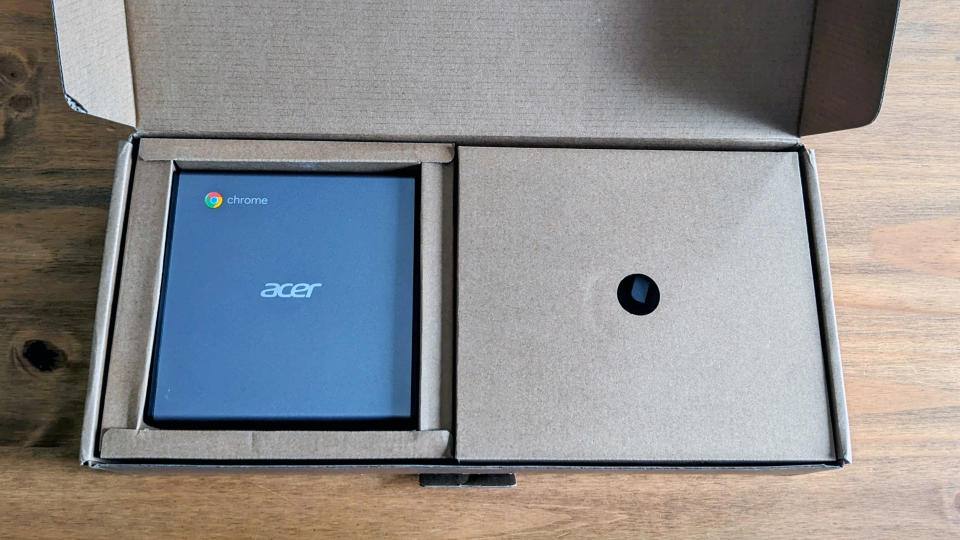
There’s plenty in the box with the Acer Chromebox CXI4, which I’m thankful for as I don’t actually possess a USB mouse. This again helps with the plug-and-play aspect of the PC.
As well as a pretty solid and functional keyboard and mouse, the Acer Chromebox CXI4 comes with a VESA mounting kit, allowing users to quickly and easily attach the Chromebox to the back of a monitor. For non-mounted use, a stand is also supplied, quickly attached with a single bolt, allowing the Acer Chromebox CXI4 to stand upright.
Should I buy the Acer Chromebox CXI4?
The question of whether the Acer Chromebox CXI4 is the right product for you is a slightly complex one. It caters to a very specific set of needs, and at £593 without a monitor users should probably pause for thought.
For anyone wanting to run Adobe Photoshop or other similar Windows-based apps, that money would be better spent buying a desktop or laptop; a Windows laptop with similar specs (the Acer Aspire 3) costs around £400, and an equivalent Windows PC (the Lenovo ThinkCentre Tiny M60e Desktop PC) will set you back about £500. It’s worth noting that although the Acer Chromebox CXI4 is highly specced for a Chrome OS computer, which is designed for low RAM consumption, programs such as Photoshop and ProTools require higher levels of RAM; both need 8GB RAM minimum.
Equivalent Chromebooks are around the same price, with the same advantages and disadvantages for home use with the addition of a touchscreen. For kiosk and lower powered use, however, the less powerful version of the Acer Chromebox CXI4 is a steal, easily stashed away and ready to run kiosks and cloud-based word processing (so long as the apps installed don’t run to more than 32GB.

